Fernando De Mesentier Silva
Automated Graph Genetic Algorithm based Puzzle Validation for Faster Game Design
Feb 21, 2023Abstract:Many games are reliant on creating new and engaging content constantly to maintain the interest of their player-base. One such example are puzzle games, in such it is common to have a recurrent need to create new puzzles. Creating new puzzles requires guaranteeing that they are solvable and interesting to players, both of which require significant time from the designers. Automatic validation of puzzles provides designers with a significant time saving and potential boost in quality. Automation allows puzzle designers to estimate different properties, increase the variety of constraints, and even personalize puzzles to specific players. Puzzles often have a large design space, which renders exhaustive search approaches infeasible, if they require significant time. Specifically, those puzzles can be formulated as quadratic combinatorial optimization problems. This paper presents an evolutionary algorithm, empowered by expert-knowledge informed heuristics, for solving logical puzzles in video games efficiently, leading to a more efficient design process. We discuss multiple variations of hybrid genetic approaches for constraint satisfaction problems that allow us to find a diverse set of near-optimal solutions for puzzles. We demonstrate our approach on a fantasy Party Building Puzzle game, and discuss how it can be applied more broadly to other puzzles to guide designers in their creative process.
Collusion Detection in Team-Based Multiplayer Games
Mar 10, 2022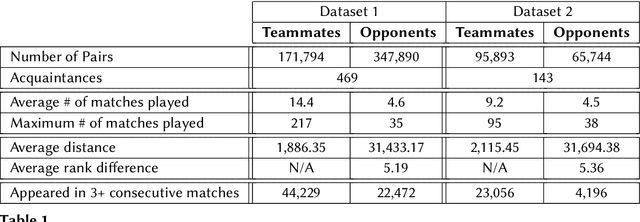
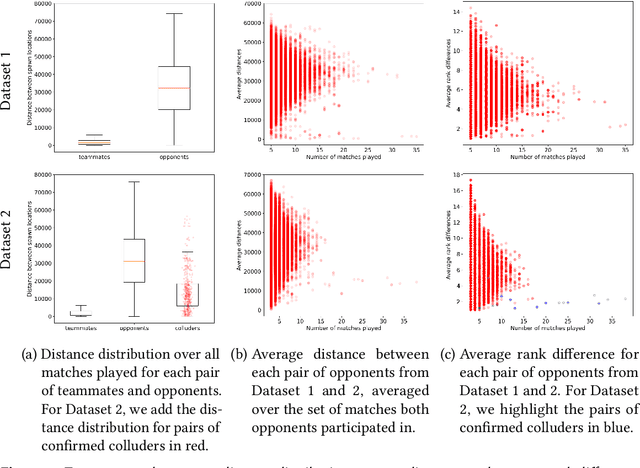
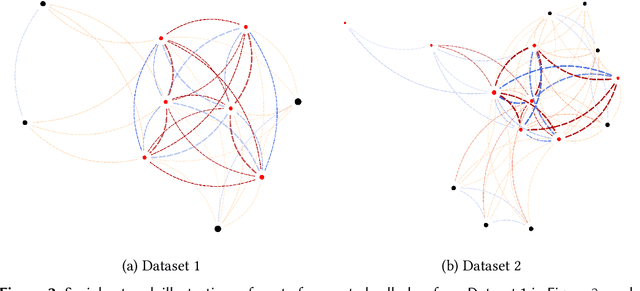

Abstract:In the context of competitive multiplayer games, collusion happens when two or more teams decide to collaborate towards a common goal, with the intention of gaining an unfair advantage from this cooperation. The task of identifying colluders from the player population is however infeasible to game designers due to the sheer size of the player population. In this paper, we propose a system that detects colluding behaviors in team-based multiplayer games and highlights the players that most likely exhibit colluding behaviors. The game designers then proceed to analyze a smaller subset of players and decide what action to take. For this reason, it is important and necessary to be extremely careful with false positives when automating the detection. The proposed method analyzes the players' social relationships paired with their in-game behavioral patterns and, using tools from graph theory, infers a feature set that allows us to detect and measure the degree of collusion exhibited by each pair of players from opposing teams. We then automate the detection using Isolation Forest, an unsupervised learning technique specialized in highlighting outliers, and show the performance and efficiency of our approach on two real datasets, each with over 170,000 unique players and over 100,000 different matches.
Mapping Hearthstone Deck Spaces through MAP-Elites with Sliding Boundaries
Apr 24, 2019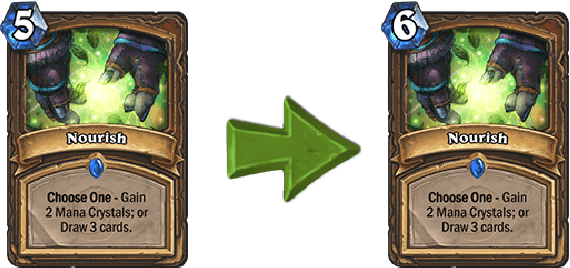
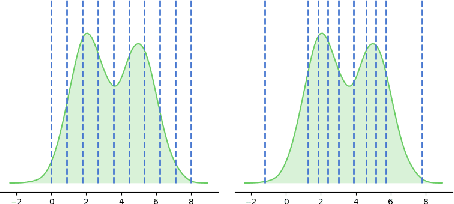
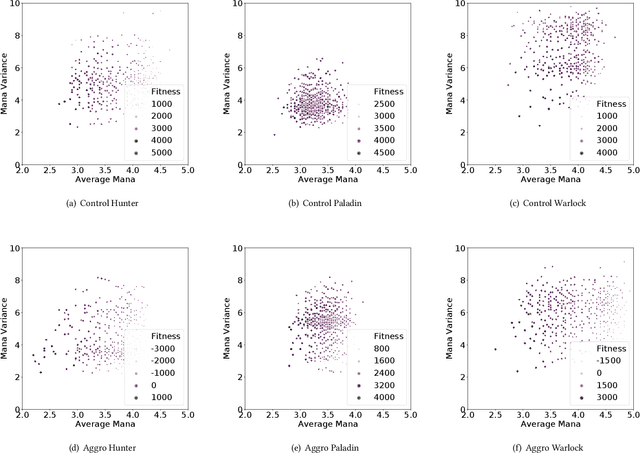
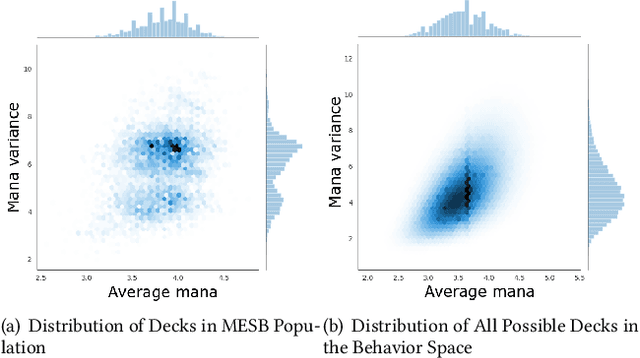
Abstract:Quality diversity (QD) algorithms such as MAP-Elites have emerged as a powerful alternative to traditional single-objective optimization methods. They were initially applied to evolutionary robotics problems such as locomotion and maze navigation, but have yet to see widespread application. We argue that these algorithms are perfectly suited to the rich domain of video games, which contains many relevant problems with a multitude of successful strategies and often also multiple dimensions along which solutions can vary. This paper introduces a novel modification of the MAP-Elites algorithm called MAP-Elites with Sliding Boundaries (MESB) and applies it to the design and rebalancing of Hearthstone, a popular collectible card game chosen for its number of multidimensional behavior features relevant to particular styles of play. To avoid overpopulating cells with conflated behaviors, MESB slides the boundaries of cells based on the distribution of evolved individuals. Experiments in this paper demonstrate the performance of MESB in Hearthstone. Results suggest MESB finds diverse ways of playing the game well along the selected behavioral dimensions. Further analysis of the evolved strategies reveals common patterns that recur across behavioral dimensions and explores how MESB can help rebalance the game.
 Add to Chrome
Add to Chrome Add to Firefox
Add to Firefox Add to Edge
Add to Edge